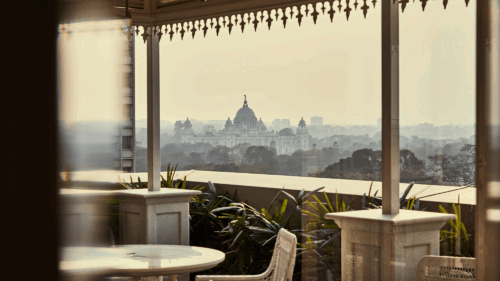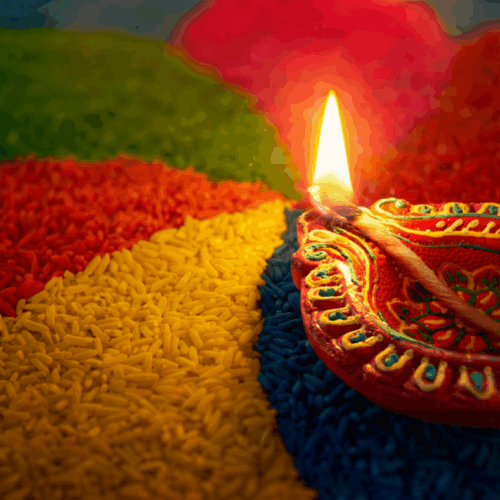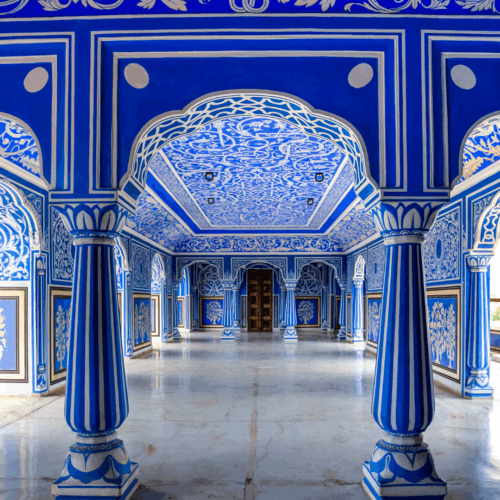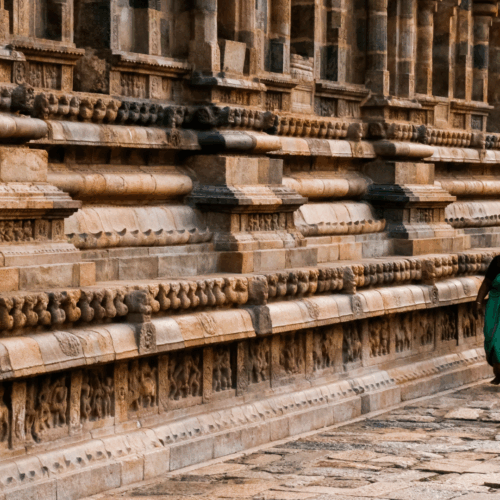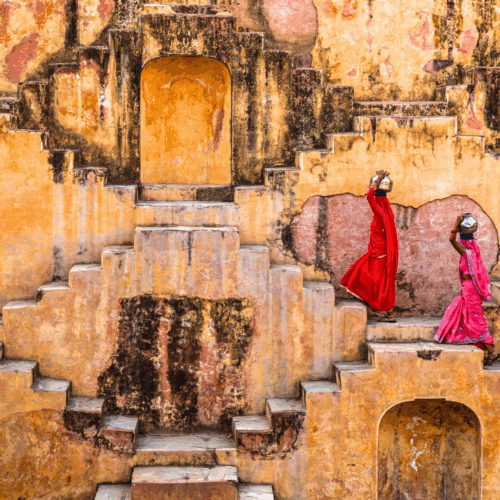From the intellectual fervor of Kolkata to the misty tea plantations of Darjeeling, through riverine Bengal, and into the tribal heartlands of Odisha, Eastern India offers the discerning traveler something increasingly rare in our hyper-connected world: genuine discovery. In this enchanted corner of the subcontinent, luxury doesn’t mean standardized five-star chains but intimately restored heritage properties where history lives and breathes within their walls.

Kolkata
Once the capital of British India, Kolkata vibrates with intellectual energy, artistic innovation, and architectural splendor that rivals any cosmopolitan center worldwide. Rising above the city’s historic heart, The Glenburn Penthouse offers a sanctuary of refined elegance. This nine-suite boutique hotel occupies the top floors of a landmark heritage building overlooking the lush gardens of the Maidan and the iconic Victoria Memorial. Days at The Glenburn Penthouse begin with breakfast on a veranda, followed by a curated walking tour through the colonial-era buildings of Dalhousie Square. Return for afternoon tea served on Burleigh porcelain before sunset cocktails on the terrace as the city’s lights twinkle below.
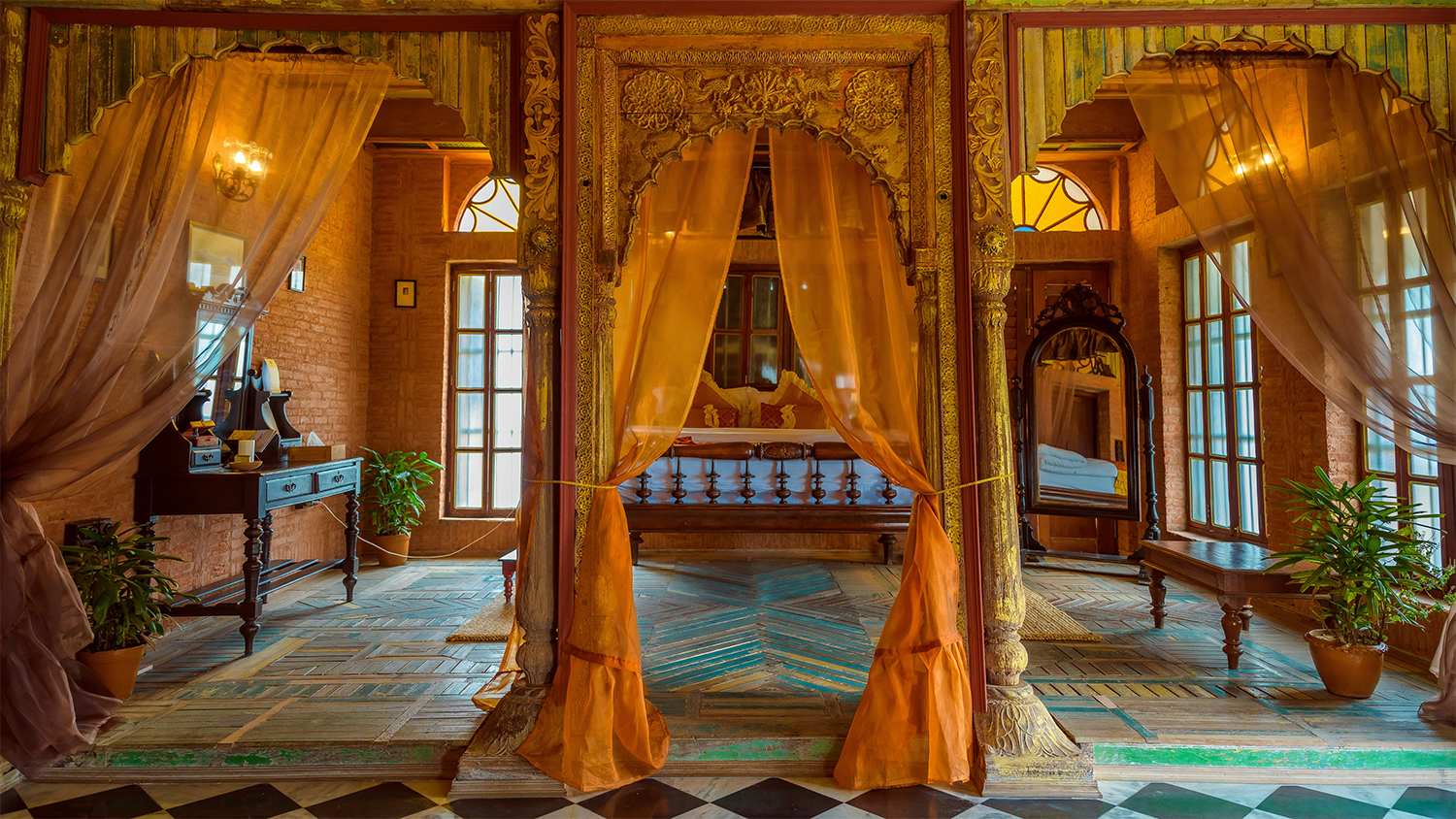
Murshidabad
Continuing eastward along the mighty Hooghly River brings travelers to Murshidabad, once one of the wealthiest cities in the world, as the capital of Bengal before British rule. Today, this riverine region offers an atmospheric glimpse into a forgotten chapter of Indian history. The region’s first heritage hotel is the stylishly restored Bari Kothi—a 300-year-old merchant’s mansion. This architectural marvel blends Greek, Roman, and Bengali influences across its 15 suites, including stunning Durbar Halls and a private ghat (riverside steps) where guests arrive by boat, just as visitors would have in the 18th century. A journey through this region reveals astonishing monuments, such as the vast Hazarduari Palace with its thousand doors and the perfect acoustics of Kathgola Garden’s music room—all testaments to a sophisticated cultural flowering that predated British dominance
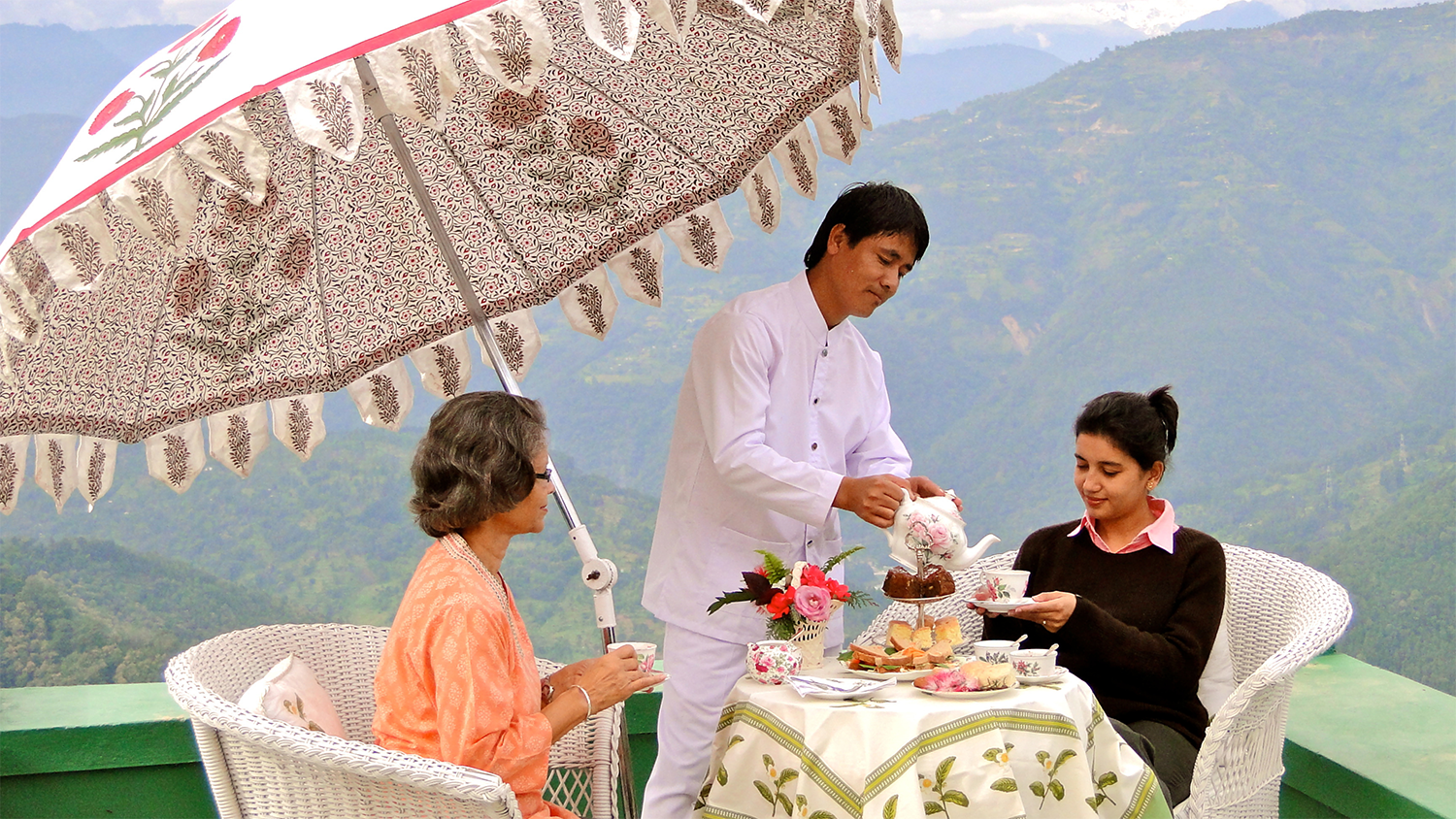
Darjeeling & Kalimpong
A short flight north from Kolkata transports visitors to the foothills of the Eastern Himalayas. The hill stations of Darjeeling and Kalimpong offer cool mountain air and panoramic views of Kanchenjunga, the world’s third-highest peak.
Glenburn Tea Estate at Darjeeling, a 1,600-acre working plantation, represents the quintessence of slow travel. The estate’s boutique lodge features just eight suites, housed in two restored colonial bungalows. Guests rise to misty mornings for guided walks through emerald tea gardens, learning the art of plucking the perfect “two leaves and a bud” alongside local workers. Afternoons might include a tour of the estate’s factory, where the alchemy of tea-making unfolds through withering, rolling, oxidation, and firing.
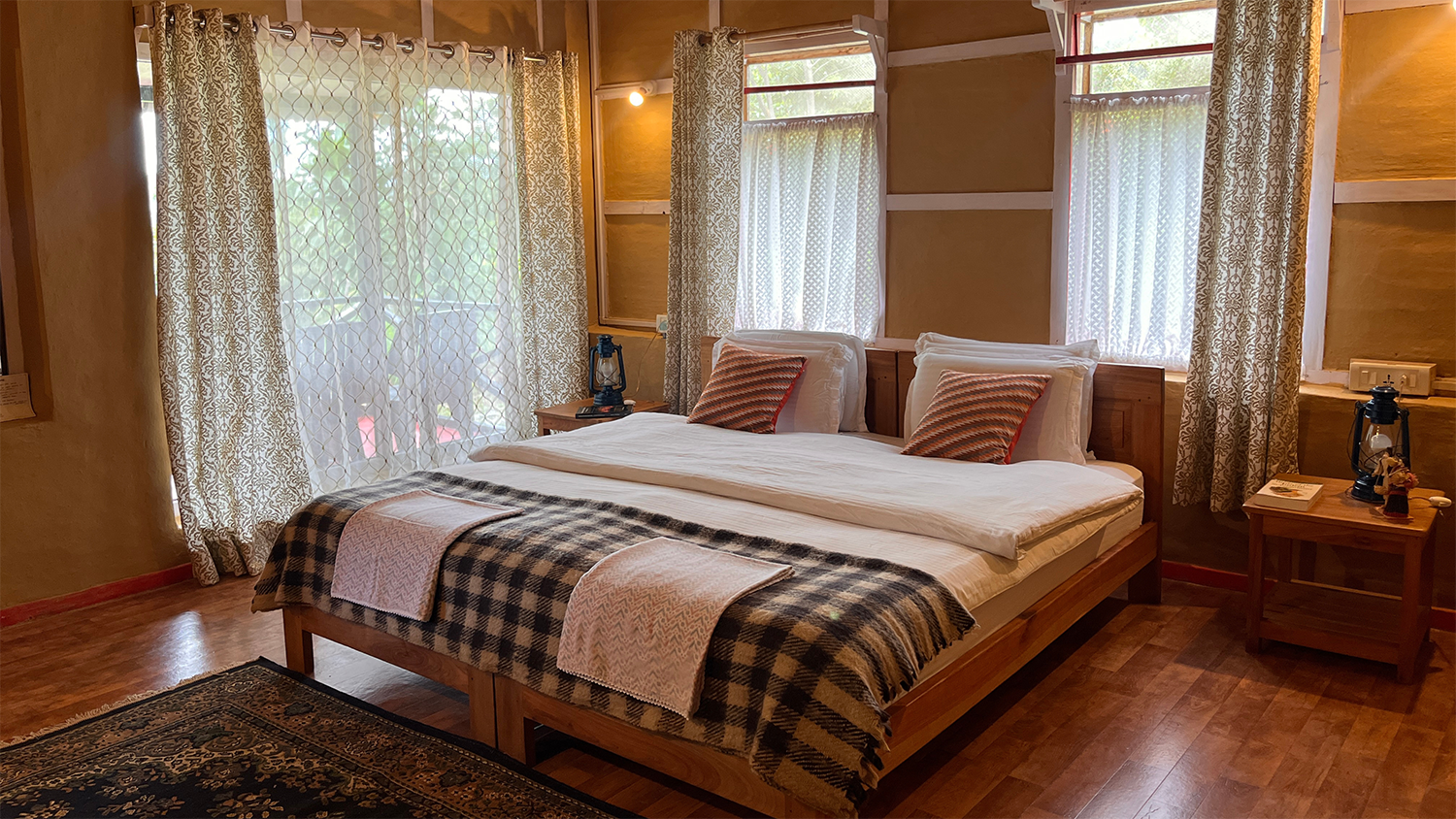
Just an hour’s drive away in neighboring Kalimpong, PaliGhar offers a different but equally enchanting mountain experience. This meticulously restored traditional Bhutia home combines Indigenous architectural elements with contemporary comforts. The property’s organic gardens supply its farm-to-table kitchen, where guests can learn to prepare local Nepali and Tibetan specialties. Kalimpong was once a key trading post between India, Tibet, and Bhutan. The cultural influences here are utterly unique, visible in everything from religious practices to cuisine.
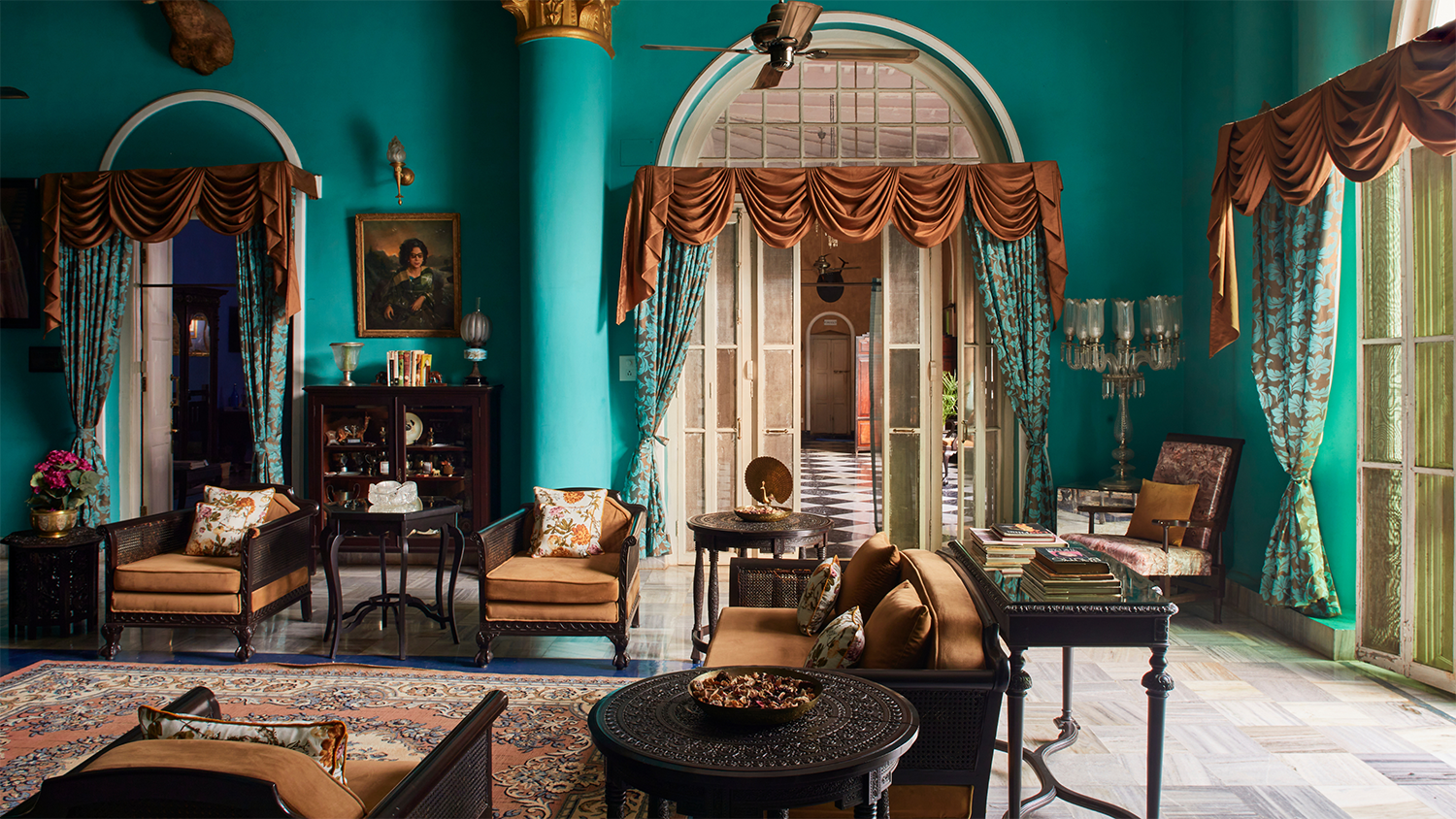
Odhisa
Our eastern odyssey culminates in Odisha (formerly Orissa), a coastal state where ancient traditions remain remarkably intact. Two distinctive heritage properties offer windows into different aspects of this culturally rich region.
Belgadia Palace in northern Odisha has been home to the Bhanj Deo royal family for nearly 200 years. This Victorian structure with distinctive Bengali architectural influences has been lovingly restored by two young royal sisters who have transformed their ancestral home into a living museum of royal Odishan life.
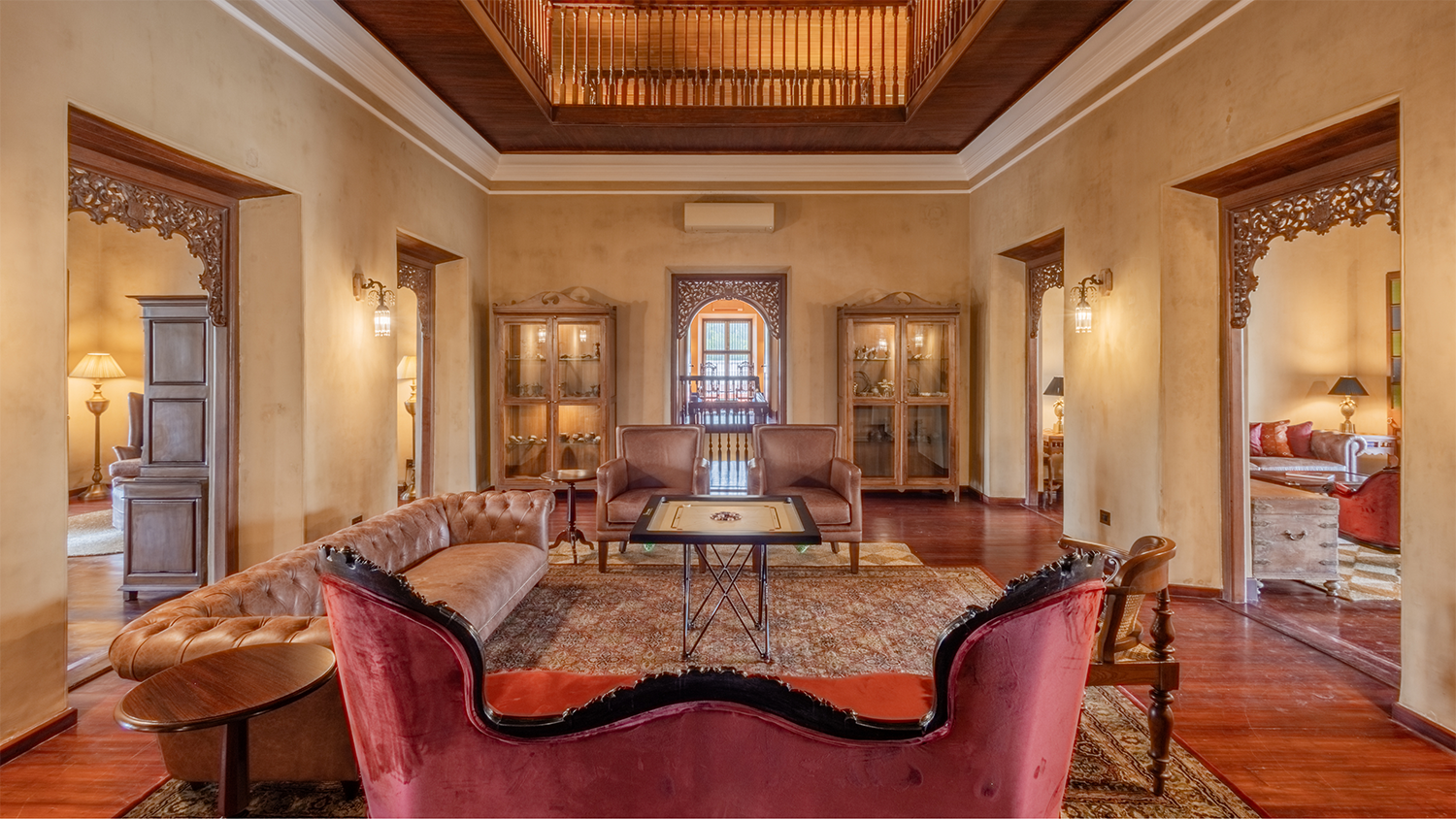
Further south along Odisha’s coastline, the recently reopened Rambha Palace overlooks the spectacular Chilika Lake, Asia’s largest brackish water lagoon, and is a winter home to over a million migratory birds. This former palace of the Gajapati kings offers just fifteen exclusive suites within a heritage structure that combines colonial and traditional Odia design elements. Nearby excursions include boat trips to spot the rare Irrawaddy dolphins, ancient temples such as the UNESCO-listed Sun Temple at Konark, and explorations of the region’s distinctive Pattachitra art traditions.
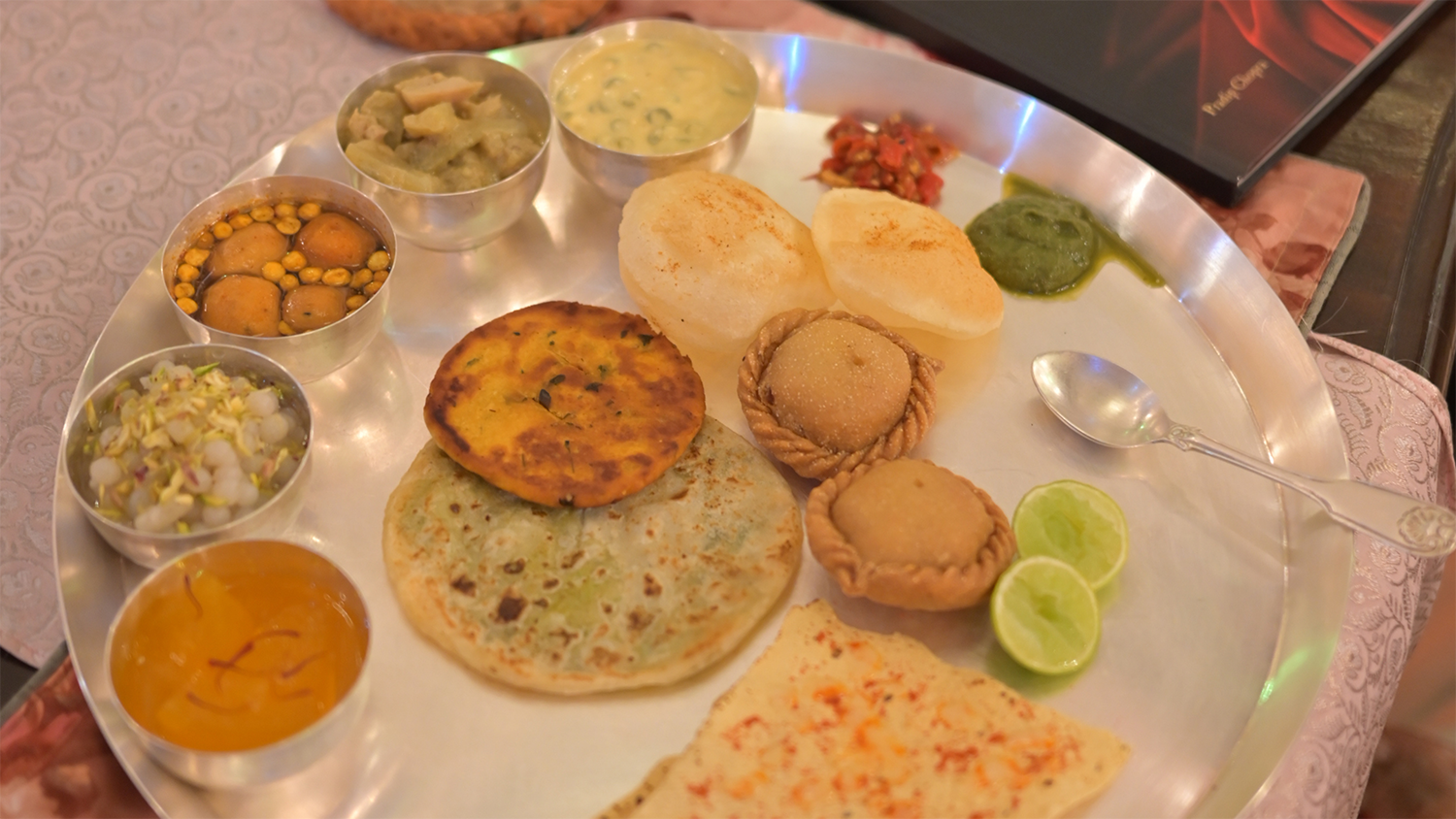
What unites these diverse properties across Eastern India is a commitment to something more profound than conventional luxury. Here, opulence lies not in predictable international standards but in authenticity, personal connection, and genuine cultural immersion. As global tourism trends increasingly favor the authentic over the contrived, Eastern India stands poised for discovery by those sophisticated enough to look beyond the obvious. In a world where true luxury means the extraordinary rather than the expected, Bengal and Odisha offer treasures beyond measure—experiences that remain indelibly etched in memory long after more conventional destinations have faded. Restoring Kolkata’s Regal Heritage: An Interview with the Owner of The Rajbari Bawali
